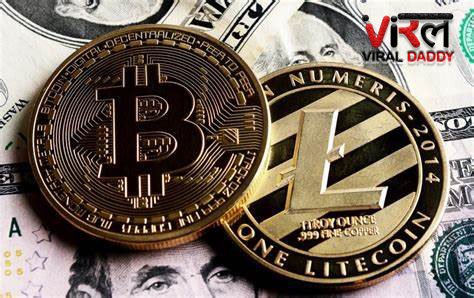Litecoin and Bitcoin: Similarities and Differences
Litecoin is a cryptocurrency created in 2011 by former Google and Coin base engineer Charlie Lee. It is a decentralized, peer-to-peer digital currency that is designed to be used for secure and low-cost payments, as well as a store of value. It has a total supply of 84 million coins, and its average block time is 2.5 minutes, making it four times faster than Bitcoin. Litecoin is one of the most popular cryptocurrencies and is accepted by many merchants and exchanges. It can be used to purchase goods and services, or it can be exchanged for other digital currencies or fiat currencies.
Litecoin and Bitcoin: Similarities and Differences
Litecoin was created by Charlie Lee as an offshoot of Bitcoin. It is nearly identical to Bitcoin in many ways, as both are built on blockchain technology. Some of the other key differences are as follows:

- Litecoin uses a script algorithm, unlike Bitcoin which uses SHA256.
- Litecoin is able to process a higher number of transactions per second, with a maximum of 56 transactions compared to Bitcoin’s seven.
- Litecoin has a larger total supply than Bitcoin, and its supply is designed to halve every four years (compared to Bitcoin’s once every four years).
- Litecoin has a larger block size of 2MB, compared to Bitcoin’s 1MB.
- Litecoin has a faster transaction confirmation time, with two-and-a-half minutes compared to Bitcoin’s average of 10 minutes.
- Litecoin is less expensive than Bitcoin, with a price of $40 compared to Bitcoin’s $1,000.
- Litecoin is more decentralized than Bitcoin, with a larger number of total coins and more active nodes.
More Information